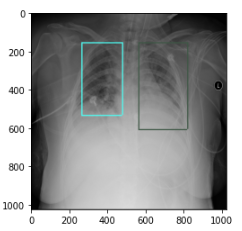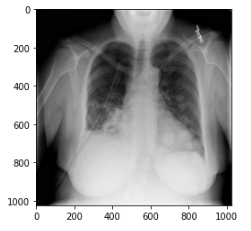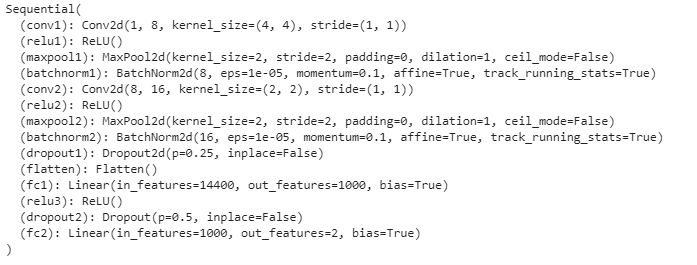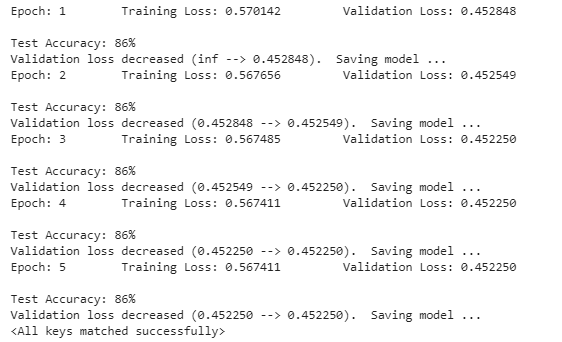Through this project, I will use the RSNA Pneumonia dataset provided by Kaggle to classify whether a patient is infected or not.
You can check all the details about the competition here .
Also, you can check the visualization section I used from this kernel
It is important to mention that the competition was mainly about the RSNA Pneumonia detection but, I used the data for the classification purpose.
Infected
Healthy
I used ReLU as the activation function, dropout to prevent overfitting and BatchNormalization which, after doing some research, turned out to help in enhancing the performance with similar datasets.
Also, I used the crossEntropyLoss as the loss function, which includes the Softmax activation function within its implementation. And finally, I used Adam Optimizer with 0.001 as the learning rate.
I used Google Colab for training. So, I had to train the model for 5 epochs and save the parameters and then, load the parameters and continue for another 5 epochs. The data needed a lot of Ram and Disk and I did that to avoid the crashing problem.
Accuracy is not always a good indicator in these cases but this was just the start to get a glance at working with such a dataset!
This is just the start and there is a lot more to be done to increase the performance. We can increase the performance by:
• Training the model for more than 15 epoch.
• Using a deeper network.
• Applying any of the weight loss techniques to avoid the problem of the class imbalance.
• Using Transfer Learning.
You can check more details about the exact steps through this article



